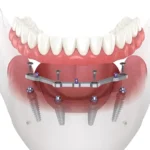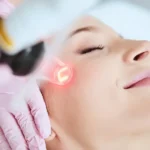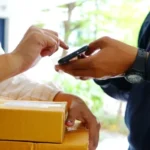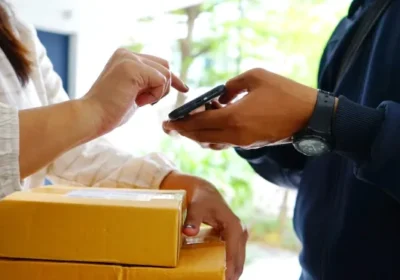Everything To Get a Better Understanding of Fungal Nail Infection
Many people think that they have fungal infection when they notice changes in toenails or fingernails. Tinea unguium or onychomycosis are the medical terms to describe this condition. Sometimes fungal infection links the foot problem to poor hygiene or contagious IQ. However, 10% of adults in western countries are experiencing fungal nail infections.
The percentage increases up to 20% in people aged 60and above. Compared to fingernail fungus, toenail fungus is much more common. In reality, there may be various reasons for your abnormal-looking nails. It is not just limited to fungal infection.
You can always opt for medical assistance when unsure of the causes. At the same time, you can get laser treatment for toenail fungus when experiencing such an issue. Dr. Sima Soltani Podiatry Office in Irvine has been expertly dealing with this and many other problems for more than 20 years. Dr. Sima Soltani Podiatry Office in Irvine is helping people get relief from different foot issues, such as toenail fungus and many others.
They know how painful and embarrassing these conditions are for you, so they provide good treatment and preventive care to resolve your foot problem. However, you don’t need to have a nail infection causing your nails to look different. Look at the following condition people assume to be fungal infections before you opt for laser toenail fungus treatment.
- Senile nails
- Lines and ridges
- Black or red nails
- Yellowish or white nails
- Pitted nails
- Green nails
- Chronicle nail trauma
- Redness and swelling of the skin around nails
Let us talk about who is more likely to get fungal nail infection and the need for laser toenail fungus removal.
Who is likely to have a fungal nail infection?
Nail fungus infection can happen to anyone. However, some people are at higher risk of getting it than others. Other than older people, adults and people with the following conditions are likely at higher risk of nail fungus.
- A foot deformity or nail injury
- Diabetes
- Trauma
- Peripheral arterial disease or venous insufficiency
- Weak immune system
- Fungal skin infection in other parts of the body
Occasionally, a fungal infection can turn serious when it occurs on top of a fungal nail infection. It is common in diabetic patients and people with other conditions with weak immune system.
How do people get nail fungus?
Nail fungus is the outcome of the invasion of various types of fungi present in the environment. Tiny cuts or cracks allow germs to enter your nails and the skin around them and cause infection.
Symptoms of nail fungal infection
Not all types of fungal nail infections are serious types. However, some people may stress by the appearance of the nails or experience pain and need toenail fungus laser treatment. Fungal nail infections cause nails to become thick, discolored, cracked, or fragile. Nails leave the nail bed because of nail fungus. People with nail fungus sometimes get a skin infection in other parts, especially between the toes.
To prevent nail fungus, keep your feet and hands clean and dry. At the same time, keep your toenails or fingernails clean and short. Be cautious when you are in public showers or locker rooms. Try not to walk barefoot in these places.
You have to be particular about a few things, like not sharing your nail clippers with others, as nail fungus is a part of poor hygiene. When fixing an appointment with a nail salon, always pay attention and choose one with a license issued by the cosmetology board and have a clean environment. While at the salon, ensure that the salon sterilizes its tools every time they use them. You can also bring your tools with you.
It is tough to cure fungal nail infections. The success of treatment depends on the time of starting it. The earlier you diagnose your condition and begin treatment, the higher your chances of curing it. You cannot wait for the fungal nail infection to go away. Usually, prescribed medication is the best way to treat it. In severe cases, your podiatrist will advise you to get surgery or laser treatment to remove the nail. It takes around months or a year for the infection to cure.

















